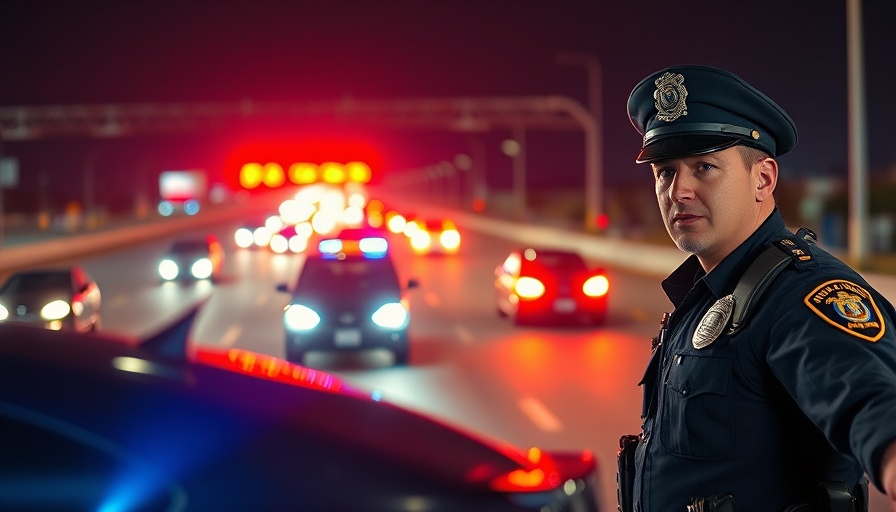
Understanding the Incident: Context and Key Details
Recently, a tragic event unfolded on an Ohio highway when a woman was observed speeding in the wrong direction, leading to a high-stakes encounter with law enforcement. The situation escalated rapidly when the woman brandished a gun at officers, prompting them to respond with lethal force. This heartbreaking incident underscores ongoing challenges surrounding police encounters with armed individuals, highlighting critical discussions about police use of force and community safety.
The Role of Body Cameras in Critical Police Engagements
Body-worn cameras (BWCs) are increasingly being hailed as vital tools in law enforcement, contributing to transparency and accountability. In this context, BWCs can provide crucial insights into critical incidents like the recent shooting. This technology allows for real-time data collection, enabling departments to analyze encounters and ensure proper training and protocols are followed. However, as with any technology, the effectiveness of BWCs hinges on their consistent use and the reliability of the data captured.
Community Reactions: The Impact of Police Encounters
Incidents involving police shootings can significantly affect community relations. In Ohio, local residents are left grappling with questions about the circumstances of this encounter. Effective police-community relations depend on transparency and open communication following such events. How law enforcement agencies handle the narrative and engage with the community can lead to either strengthened trust or further scrutiny.
Analyzing Police Training Programs: What Needs Improvement?
This incident indicates a pressing need for reevaluation of police training programs. How can officers be better prepared for encounters with armed individuals? Training that incorporates mental health awareness and de-escalation techniques could prove invaluable in preventing tragedies like this. Departments may need to adopt more rigorous training methodologies that prioritize the safety of both officers and civilians.
Future Trends in Law Enforcement and Public Safety
As we analyze incidents like the one in Ohio, experts urge a forward-thinking perspective on law enforcement practices. Future trends may include greater emphasis on mental health resources for officers, advanced simulations for training, and community engagement initiatives designed to foster understanding and build trust. Innovative approaches may fundamentally reshape the interactions between police and the communities they serve.
Conclusion: Building a Path Forward for Law Enforcement
The tragic incident in Ohio serves as a sobering reminder of the complex landscape of police work today. For police departments, policymakers, and community leaders, the call to action is clear: prioritize transparency, invest in technology like BWCs, refine training programs, and cultivate stronger relationships within the community. Through proactive measures and reforms, it’s possible to mitigate risks and enhance public safety while ensuring accountability within law enforcement.
 Add Row
Add Row  Add
Add 

 Add Element
Add Element 




Write A Comment